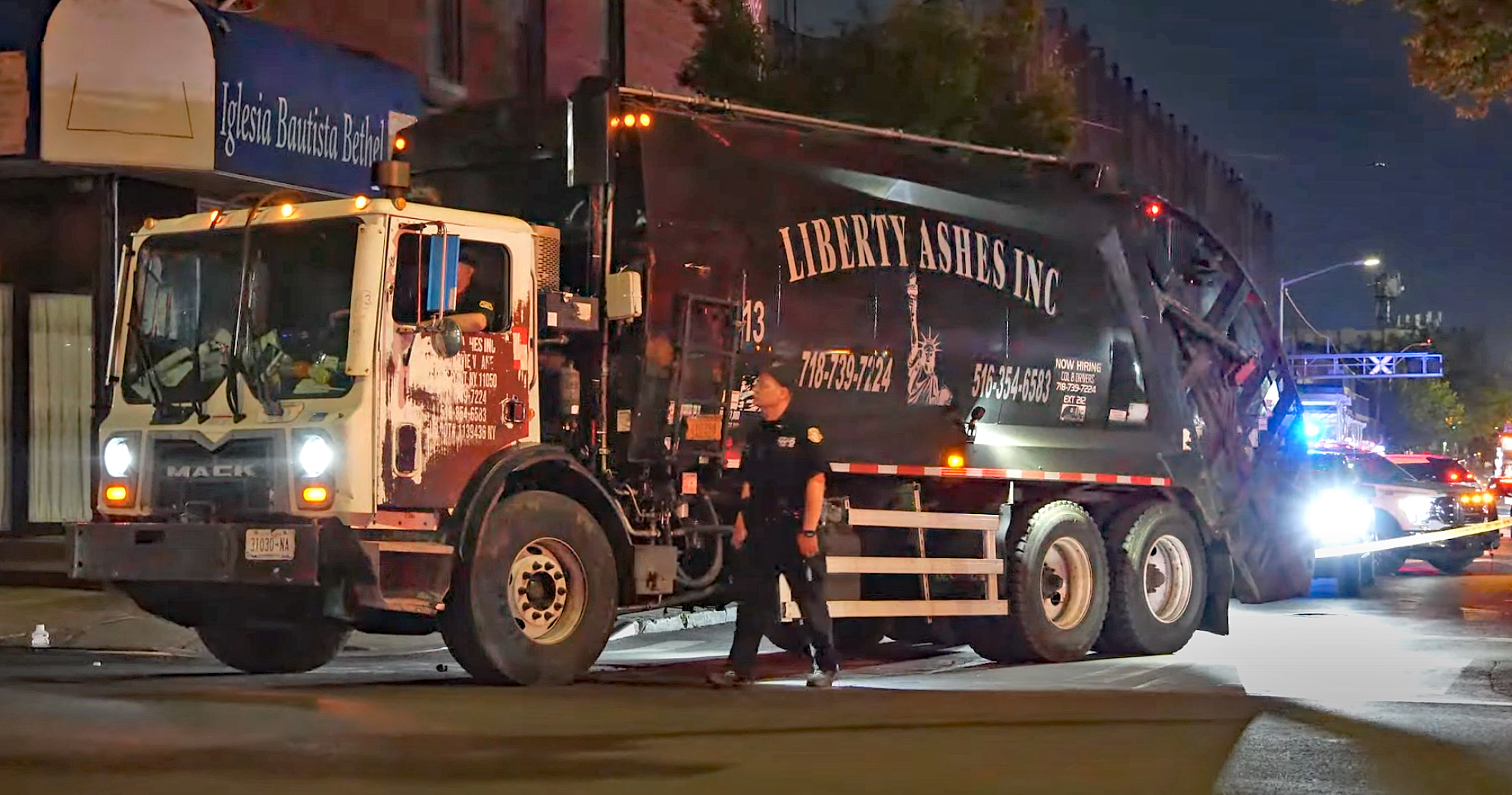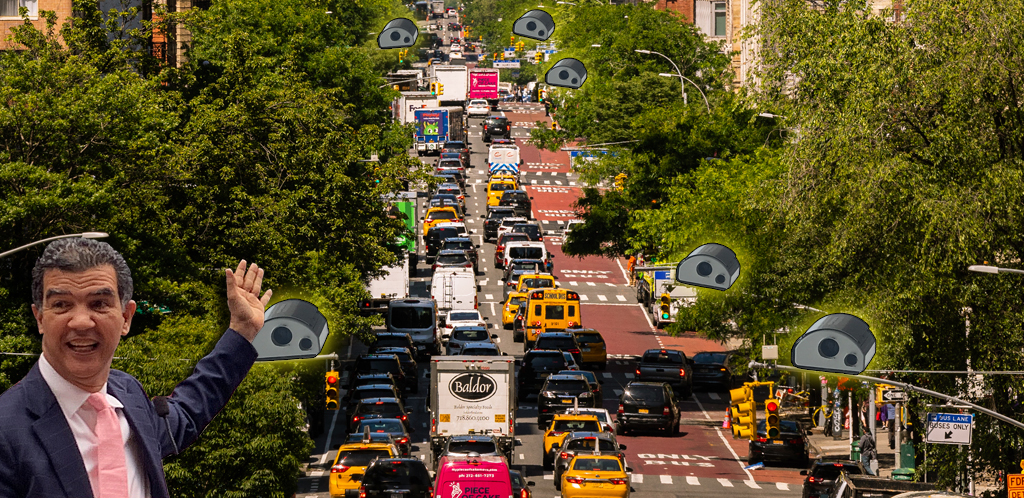Cross-posted from Brooklyn Spoke
First, the obvious: Sam Schwartz is a great friend to cyclists and pedestrians. He was an early fan of bike sharing, has long been a cheerleader for Janette Sadik-Khan, and envisions a future in which New York’s rivers are crisscrossed with new bridges exclusively for people on two wheels or two feet. So when he and former DOT Deputy Commissioner Gerard Soffian claim that they “ride bikes in the city regularly, are card-carrying Citi Bike members, and have engineered many of the city’s bike lanes” as they do in today’s Daily News, they aren’t trying to use the old “Some of my best friends are bike lanes” excuse. They mean it.
Despite the clichéd “bike war” language of the headline and the reference to “peace in the Middle East” in the kicker, a close reading of Schwartz and Soffian’s piece reveals something extraordinary: a city that’s moved beyond the bikelash. Indeed, it isn’t until three paragraphs from the end that the writers present this rather sensible proposal:
…start to accept that bike riders shouldn’t have to follow all of the rules established for car drivers, since cyclists navigate the road more like pedestrians than cars. Allow for turns on red after stops and when there are no pedestrians. In lower-volume outer borough communities, consider allowing bikes to ride straight through on red after a stop, again when safe to do so.
It’s a sign of New York’s maturing relationship with bicycles that we are moving away from the outdated notion that cyclists and drivers must be subject to the same rules no matter the circumstance, and Schwartz and Soffian should be applauded for presenting this idea seriously. While I have some minor quibbles -- there are plenty of lower-volume inner borough intersections where allowing cyclists to proceed straight on red would be reasonable -- the very fact that this proposal has made its way into one of the city’s major dailies is an encouraging step on the road to rationalizing traffic laws for people who travel by bicycle.
Schwartz and Soffian offer other smart, if somewhat obvious suggestions, such as keeping drivers out of bike lanes and cracking down on cyclists who violate the law, hopefully in a manner that actively targets the most dangerous behavior. Changing the penalty structure so that fines for cyclists and drivers are commensurate with the threat posed by each mode is also a worthy effort and would send a powerful message that not all offenses are created equal.
What Schwartz and Soffian suggest doing with the money from such a crackdown, however, leaves something to be desired:
Lastly, use some of the revenue collected from bikers to launch a public education program.
While much is made of the “Three E’s” of traffic calming -- engineering, enforcement, and education -- numerous attempts to teach the public about the rules of the road have shown that education is typically the shortest leg of the stool. That may be because education relies on an impossibility in a city as big and diverse as New York: that the people being educated today will always be the same people using the street tomorrow.
The DOT can tell cyclists to stop being jerks, but it isn’t until separated bike lanes are installed that sidewalk riding goes down significantly… and permanently. So perhaps a better place to steer the money would be into cycling infrastructure projects that make compliance with the law not just obligatory, but safe and attractive.
Schwartz and Soffian are not wrong to suggest that a little more respect for the rules of the road would be helpful. That no cyclist has killed a pedestrian in years is cold comfort to those who cling to their increasingly futile opposition to bike lanes and other provisions for cycling, and no advocate can afford to discount a person’s perception of their own safety. But fear and anecdotes, including Schwartz and Soffian’s unscientific observation of busy Manhattan intersections, should not rule the day. As the two men remind readers, despite the perceived dangers posed by red-light-running cyclists or pedestrians who blindly step into bike lanes, it remains a fact that drivers still kill around 150 people each year.
If the next mayor is to continue the dramatic increase in cycling New York has experienced since 2007, then managing the “tensions between drivers, bikers, and walkers” will only get him so far. As Schwartz and Soffian eventually conclude, it will take a serious re-evaluation of the legal and physical space in which cycling currently exists in our city.




